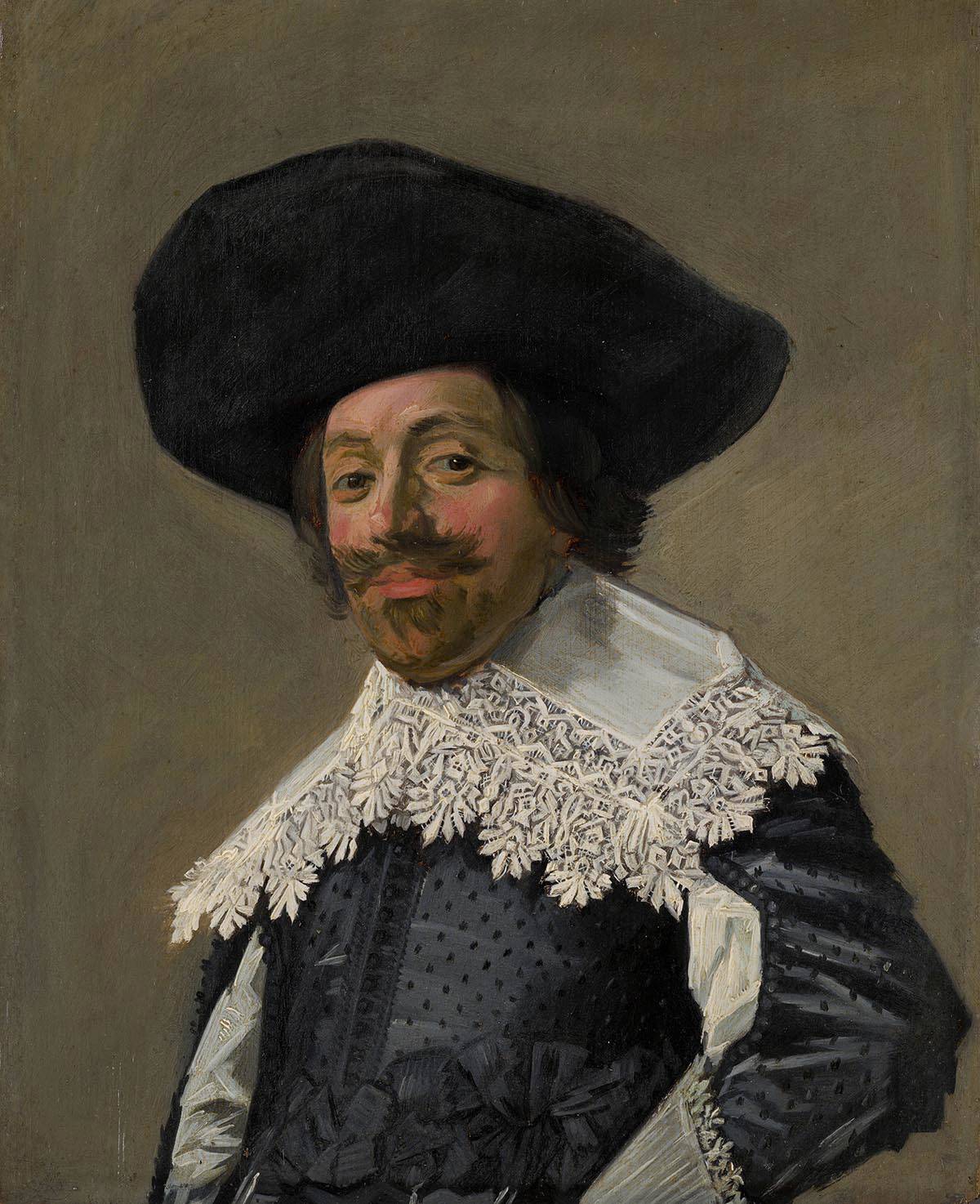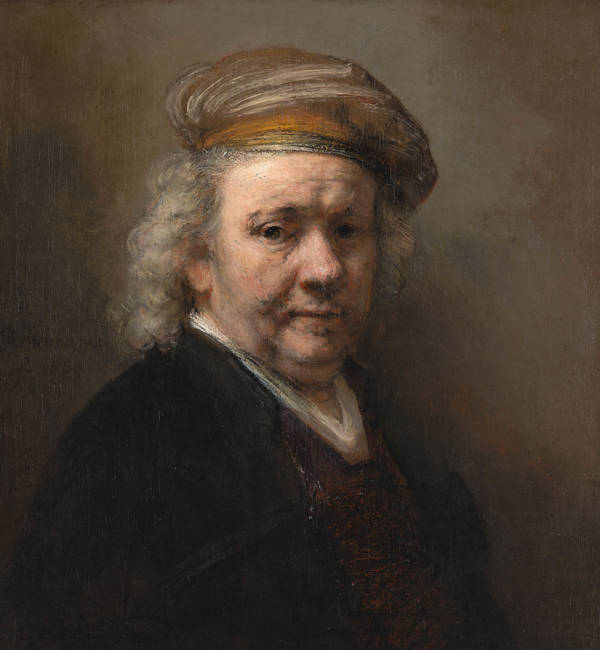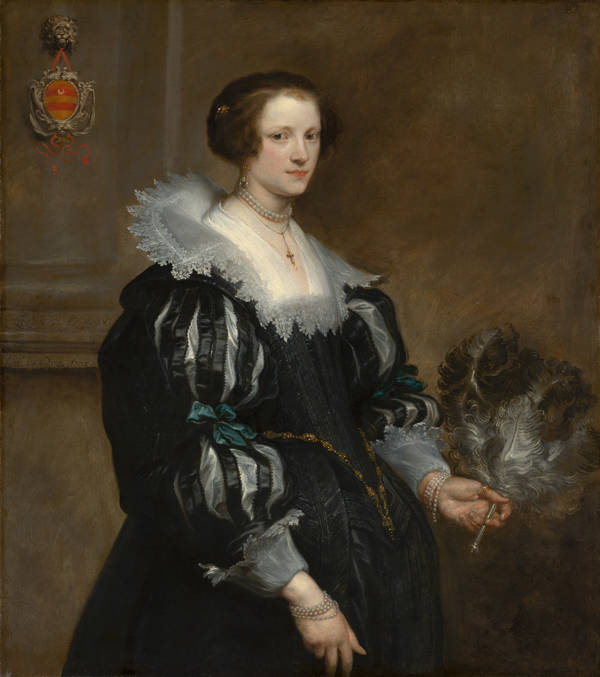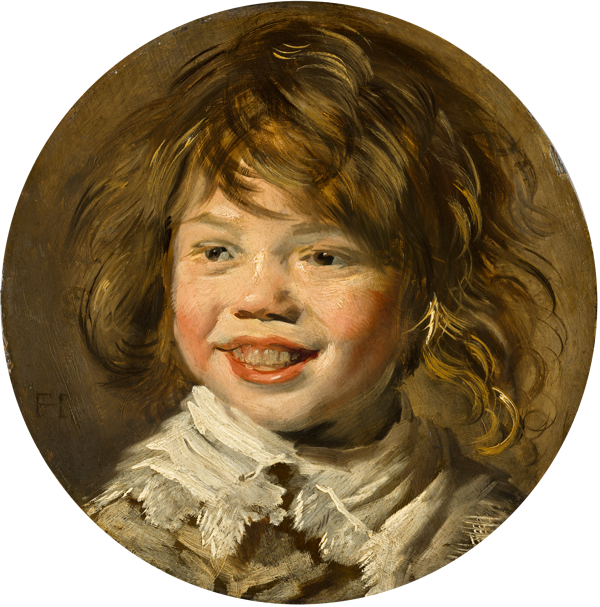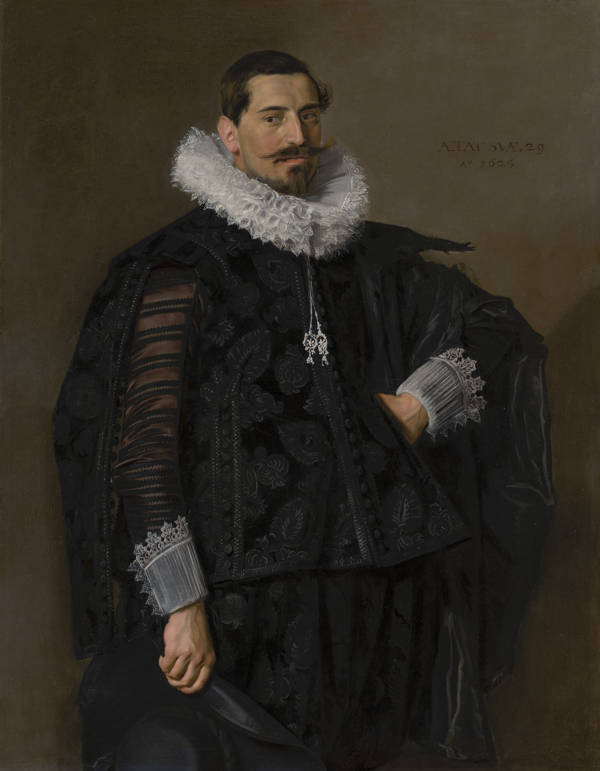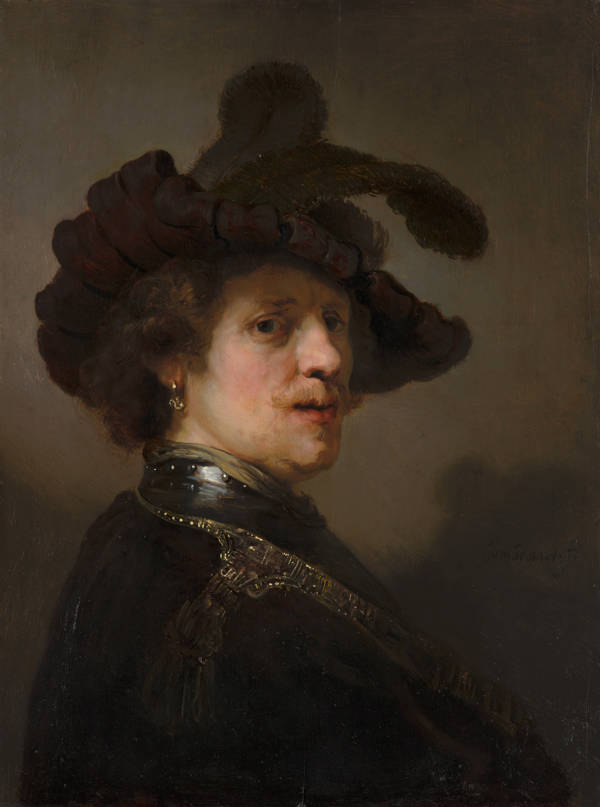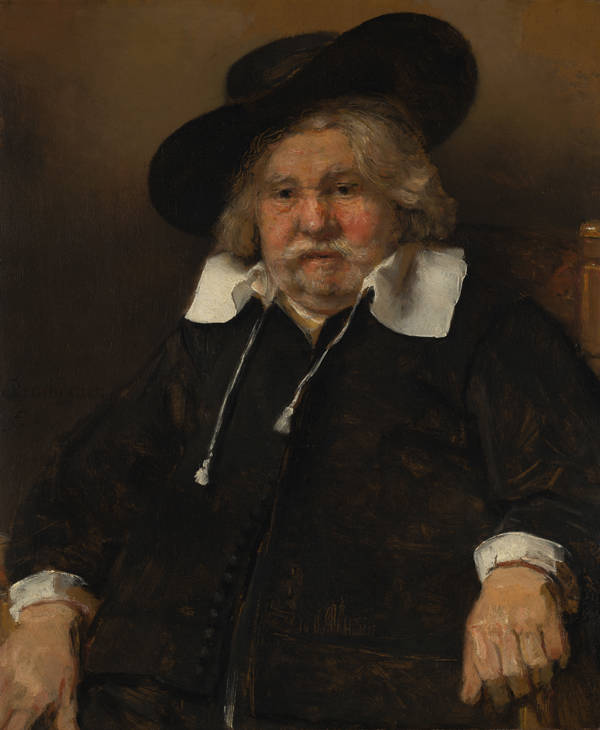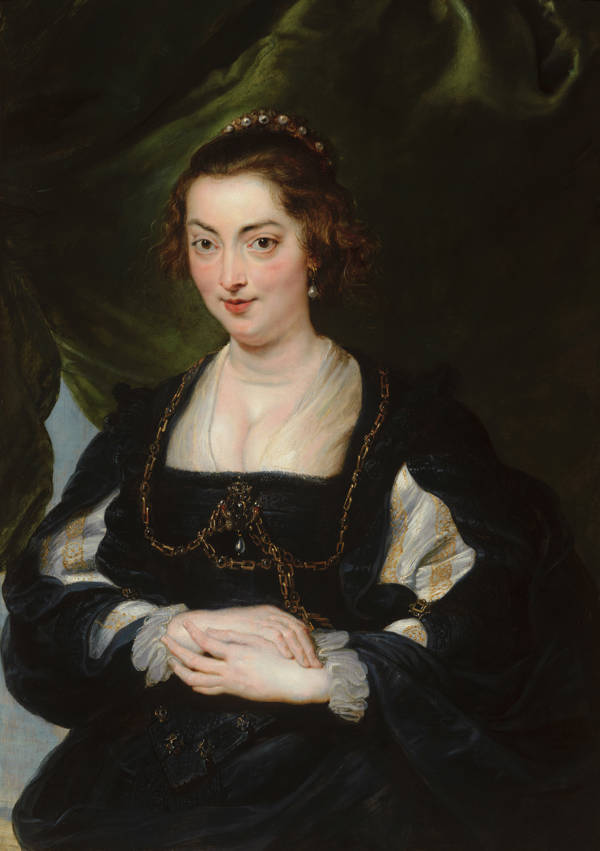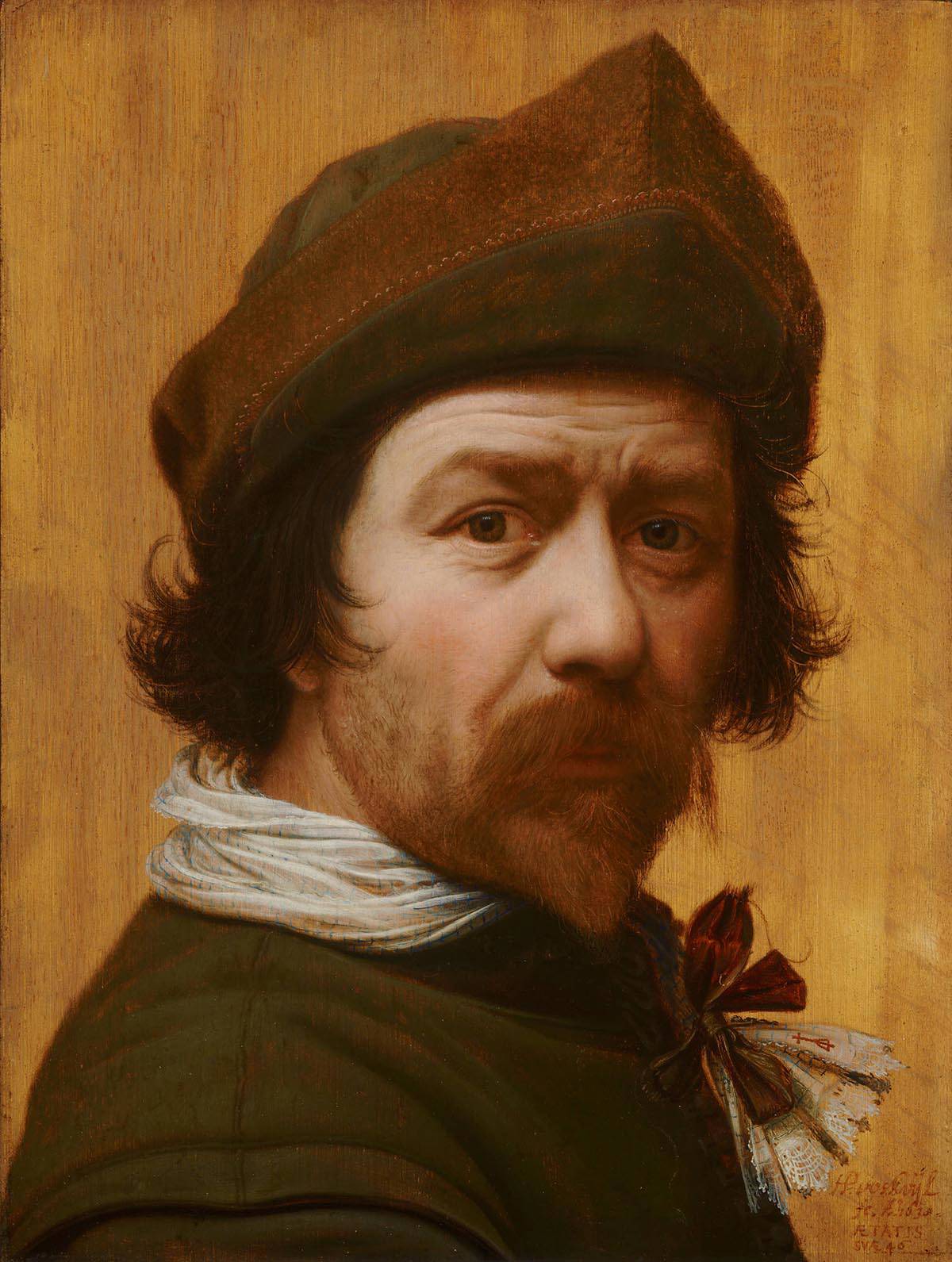
Nowadays, we capture moments in photos, but in the 17th century people had their portrait painted by an artist. Rather than a quick headshot, you ‘sat’ for a painter who spent days, even weeks, on your portrait! In the 17th century, wealthy citizens commissioned portraits of themselves, their business associates and loved ones, that showed them exactly as they wanted to be seen and remembered. Prominent Dutch figures, such as the stadtholder, also had portraits made of themselves, which they distributed in large editions, so their face would be seen everywhere.

